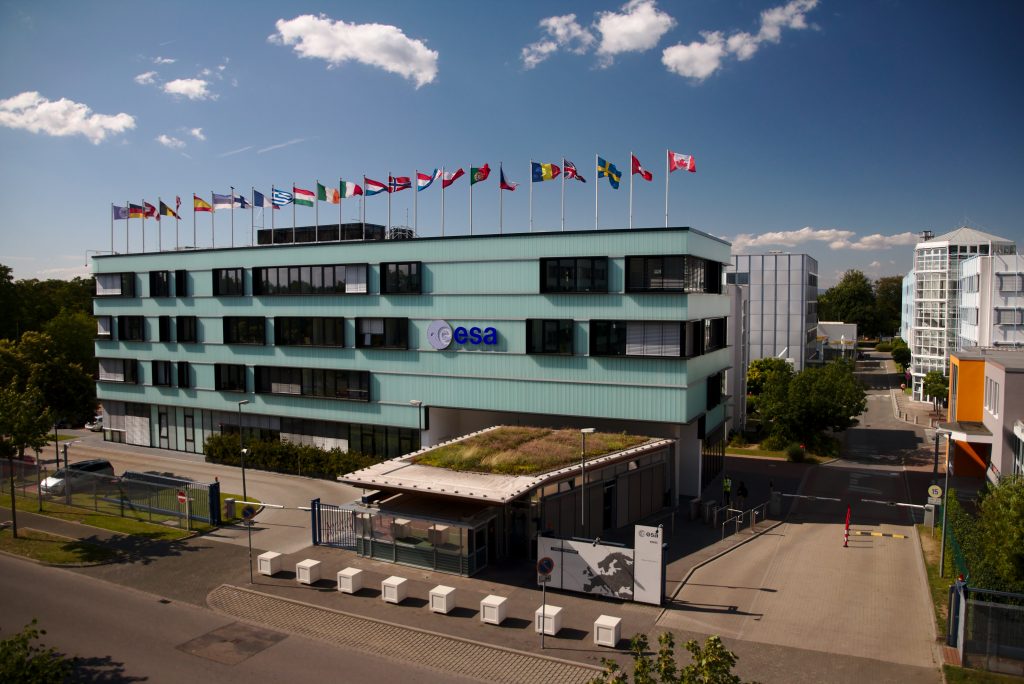In response to the coronavirus outbreak, people across the globe are being asked to work from home where possible in order to limit personal contact and reduce the further spread of the infection.
As of Monday 16 March, the majority of staff and contractors working at ESA mission control began doing just this.
Four of ESA’s interplanetary missions have recently been put into safe standby – their instruments turned off in order to minimise the number of people required at mission control. But what implications does the pandemic have for flying Earth observation missions?
Keeping Earth observation spacecraft in orbit
It is normal for spacecraft to drift slightly off course, into orbits that aren’t ideal for science observations and operations. One of the most important jobs for mission teams is to keep their spacecraft on the right track.
For Earth-observing satellites flying in low-Earth orbit, this means constantly countering the effects of atmospheric drag. Over time, friction from faint wisps of atmosphere even several hundred kilometres up causes orbits to ‘decay’, meaning spacecraft slowly edge back down to Earth.
They therefore require an upwards nudge from their thrusters – called a manoeuvre – every now and then to prevent them being dragged too far down into the atmosphere.

It takes months to years for this downward movement to put them in any trouble – where they could actually burn up in the atmosphere – but the motion is enough to move spacecraft out of the correct orbit to take science observations.
The aim right now is to maintain science gathering through ‘orbital maintenance’, with minimal people on site. Some missions, such as Aeolus and Sentinel-1, require as much as one manoeuvre every week to keep them in science orbits.

If needed, these manoeuvres could stop. Science gathering would therefore temporarily end, but it would mean even more people could stay at home. A larger manoeuvre would then be needed at a later date to bring them back into position, but the spacecraft themselves would be fine.
Earth observation satellites are also at risk of in-space collisions. On average, ESA moves each of its Earth orbiting spacecraft out of the way of oncoming debris or another satellite, twice per year.
Find out more about how teams are continuing the vital work needed to protect spacecraft from the busy highways of space, here.


Discussion: no comments